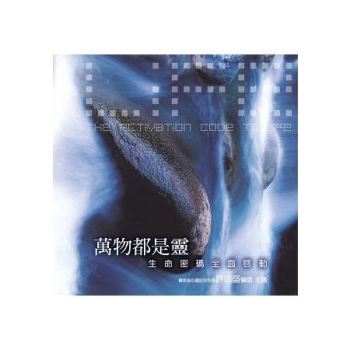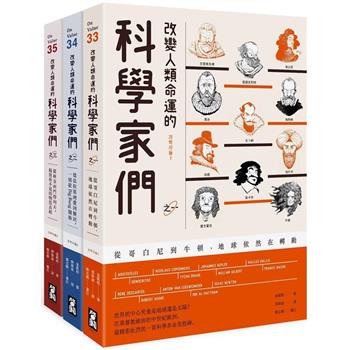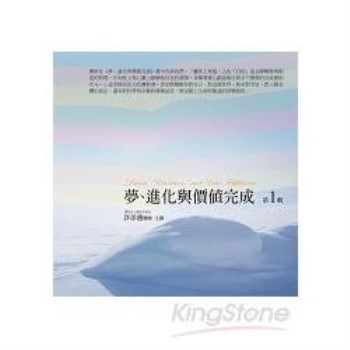An innovative recasting of US legal and economic history through the power of clothing for those who lacked power and status in American society. What can dresses, bedlinens, waistcoats, pantaloons, shoes, and kerchiefs tell us about the legal status of the least powerful members of American society? In the hands of eminent historian Laura F. Edwards, these textiles tell a revealing story of ordinary people and how they made use of their material goods’ economic and legal value in the period between the Revolution and the Civil War.
Only the Clothes on Her Back uncovers practices, commonly known then, but now long forgotten, which made textiles--clothing, cloth, bedding, and accessories, such as shoes and hats--a unique form of property that people without rights could own and exchange. The value of textiles depended on law, and it was law that turned these goods into a secure form of property for marginalized people, who not only used these textiles as currency, credit, and capital, but also as entree into the new republic’s economy and governing institutions. Edwards grounds the laws relating to textiles in engaging stories from the lives of everyday Americans. Wives wove linen and kept the proceeds, enslaved people traded coats and shoes, and poor people invested in fabrics, which they carefully preserved in trunks. Edwards shows that these stories are about far more than cloth and clothing; they reshape our understanding of law and the economy in America. Based on painstaking archival research from fifteen states, Only the Clothes on Her Back reconstructs this hidden history of power, tracing it from the governing order of the early republic in which textiles’ legal principles flourished to the textiles’ legal downfall in the mid-nineteenth century when they were crowded out by the rising power of rights.| FindBook |
有 1 項符合
Only the Clothes on Her Back的圖書 |
 |
Only the Clothes on Her Back 作者:Edwards 出版社:Oxford University Press, USA 出版日期:2024-05-07 語言:英文 規格:平裝 / 普通級/ 初版 |
| 圖書館借閱 |
| 國家圖書館 | 全國圖書書目資訊網 | 國立公共資訊圖書館 | 電子書服務平台 | MetaCat 跨館整合查詢 |
| 臺北市立圖書館 | 新北市立圖書館 | 基隆市公共圖書館 | 桃園市立圖書館 | 新竹縣公共圖書館 |
| 苗栗縣立圖書館 | 臺中市立圖書館 | 彰化縣公共圖書館 | 南投縣文化局 | 雲林縣公共圖書館 |
| 嘉義縣圖書館 | 臺南市立圖書館 | 高雄市立圖書館 | 屏東縣公共圖書館 | 宜蘭縣公共圖書館 |
| 花蓮縣文化局 | 臺東縣文化處 |
|
|
圖書介紹 - 資料來源:博客來 評分:
圖書名稱:Only the Clothes on Her Back
內容簡介
作者簡介
Laura F. Edwards is the Class of 1921 Bicentennial Professor of American Law and Liberty at Princeton University. She is the award-winning author of A Legal History of the Civil War and Reconstruction: A Nation of Rights, The People and Their Peace: Legal Culture and the Transformation of Inequality in the Post-Revolutionary South, and Scarlett Doesn’t Live Here Anymore: Southern Women in the Civil War Era. This is her first project that connects her longstanding needlework interests with her historical work.
|









